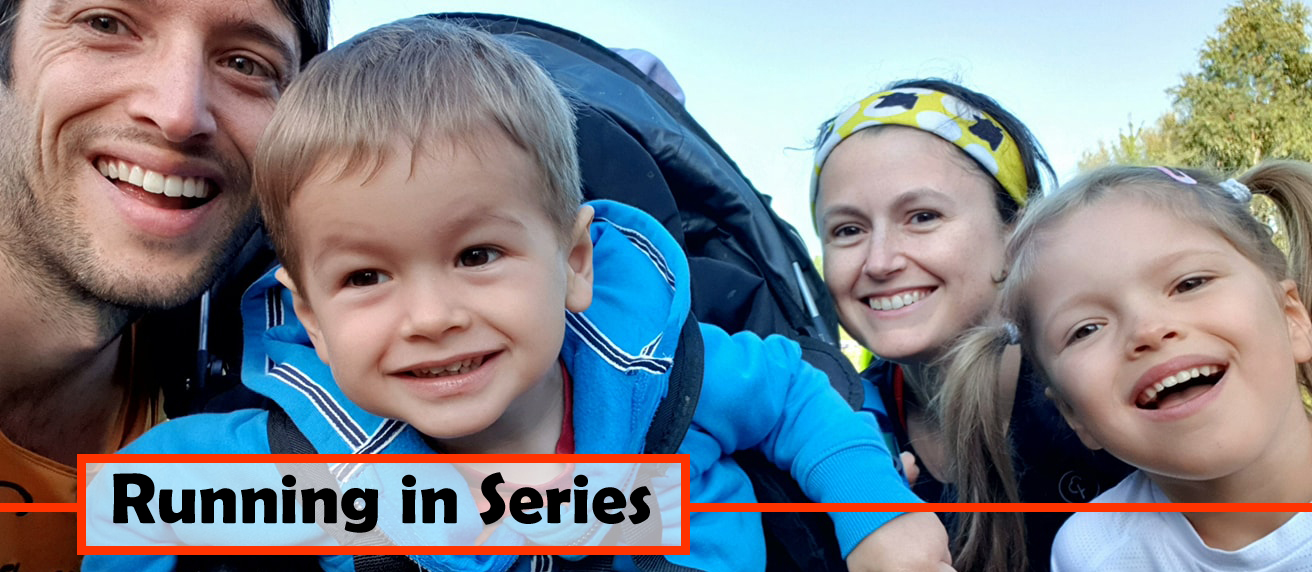Continuing our catch-up on parkrun tourism, we go back once again to September, when we visited Somerdale Pavilion parkrun in Keynsham, near Bristol. Lolly has family around Bristol, and so it had always been our intention to do this one while visiting them, otherwise we would have likely visited it much earlier. So, when the first post-Covid get-together was organised, this joined it in the calendar.
We headed up on a glorious morning, and followed the course page directions easily to find plenty of parking, and met up with Lolly’s parents, who were looking after KK for the morning so we didn’t have to run with the buggy. The course page has a disclaimer ‘The course is very bumpy so please consider if this course is suitable for your child and buggy.’ A fair warning – we’ve done worse, and it would be perfectly fine for experienced buggy runners, but may not be right for a first-time buggy runner with a young baby.

I’d heard a fair bit about the ‘curly-wurly’ on the course, and I knew that it was on a off-road bicycle track of some sort, but I didn’t really know what to expect. It turned out it was a cyclo-cross course, which isn’t dissimilar to cross-country running, except with a shorter lap and more jump ramp hillock things. Sadly, the parkrun route avoids the more exciting parts of the track, going around each of the jumps. Even so, it is a continually twisting route, and it is pretty hard to keep track of where you are compared to anyone else, because even if you are metres away from two other runners, all three of you could be in completely different places on the route.
I was running with Lani, like a couple of weeks earlier at parkrun tourism: Stratford Park parkrun, Stroud. From the start, we did a small zig-zag and then went almost immediately into the ‘curly-wurly’, in which the course spirals in to the middle, and then back out again. There was lots of chat about people getting dizzy and stuff through here. Maybe it was because I was running pretty slowly with Lani, but I didn’t have any issues. One woman though, who had got overwhelmed and worried, was paying so much attention to the other runners in the spiral (which was pretty spectacular) that she tripped and twisted her ankle badly, forcing her to drop out. On that – the route isn’t bad, but there are holes, divots and lumps, as on any trail or off-road course.
The course continues to twist and turn, following parts of the course. Personally, running with Lani – something I hadn’t done too much over the previous year or so – I found it quite demoralising: you thought you were nearly through a certain section and then it looped back around another bit. I imagine that at a more normal running speed, it’s actually quite fun and exciting, particularly if there are other runners about to ‘race’.
The final third of the lap is more straight-forward, although it still tucks inside close to the finish funnel to add a bit of distance, before going back to the edge of the field to pass the start line. A second full lap follows, and then there is really just the curly-wurly and then a short sprint to the finish. Lani had a great finish, and despite her grumbling a lot on the way around that she “was doing really badly” she got a great time, her second ever sub-40.

The course page advertised coffee in the Pavilion cafe, but this was closed during our visit, and we headed into town to get brunch from Bonzo Lounge – great service!
Next on our tourist adventures, at the start of October, was Sharpham Road Playing Fields in Cheddar…









